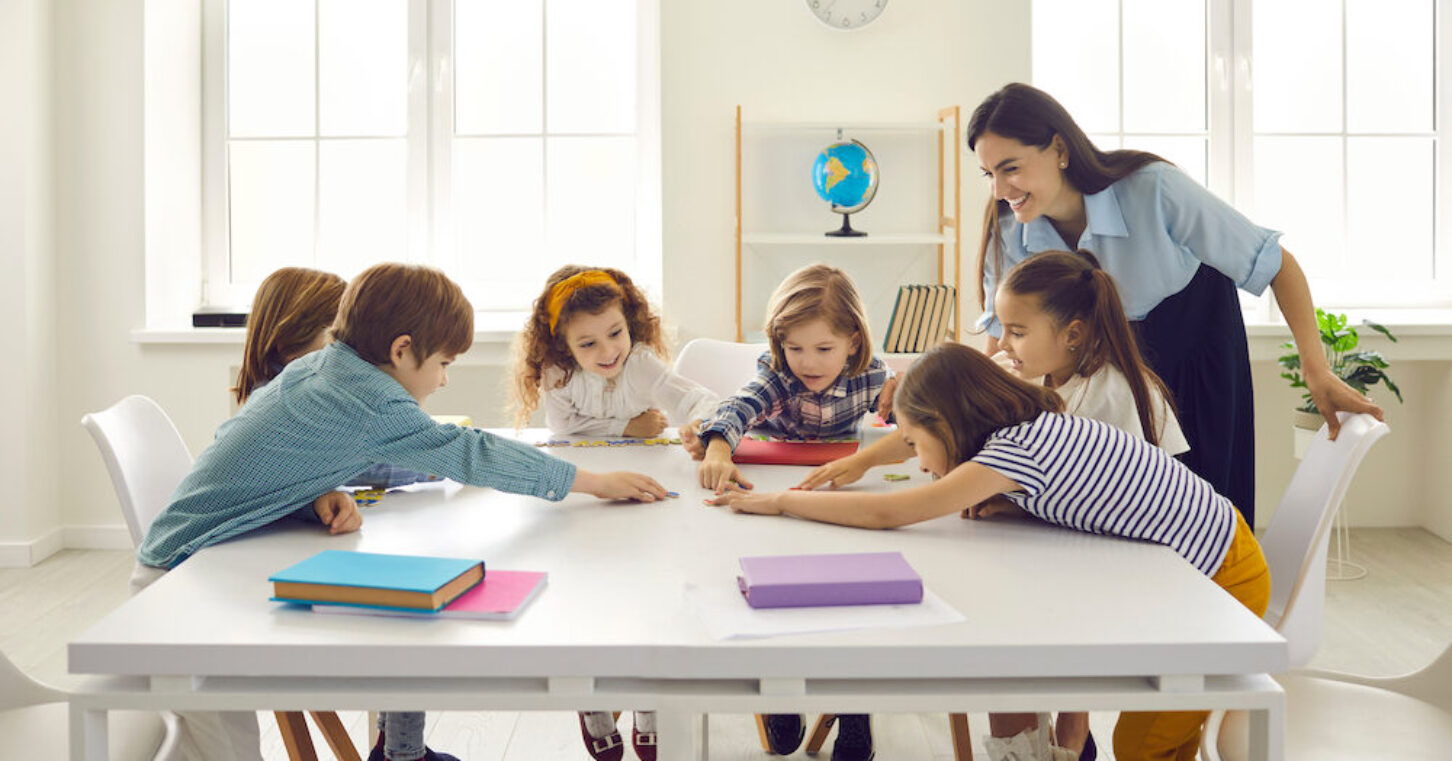
A number of my suburban neighbors had a similar path through schooling during COVID: They had happily sent their kids to the local public school until everything shut down. They felt overwhelmed and skeptical about having their kids at home so much and tried to predict when things at school would just “go back to normal.”
Then they realized they didn’t mind having their kids around more, they found some kind of “learning pod” or other arrangement and school never really looked like it was going to be normal again anyway. Now they don’t go to public school anymore.
I wrote in the fall of 2020 about the risk that new school models could turn into short-lived fads:
“Ad hoc arrangements like ‘pandemic pods’ have proven to be important for many children and their families this school year. Policies that push back against politically powerful public school systems and teacher unions are important, but for educational choice to truly become a feature of America’s K-12 educational landscape—and not a novelty—cultural encouragement is just as vital as political encouragement.”
Politics and culture matter because it is clear that these schooling models are not just fads. According to both the National Home Education Research Institute and the US Census Bureau, homeschooling has grown substantially over the past few years.
Certainly some amount of that growth includes students enrolling in hybrid schools – schools in which the students attend classes in physical buildings a few days per week and are homeschooled the rest of the week.
A large percentage of these students around the country are registered with their respective states as homeschoolers. Many of them consider themselves to be homeschoolers, even if they go to a building regularly for some classes, and large numbers of new families are using this model post-COVID. They’re not “going back to normal.”
According to EdChoice’s monthly polling data, a quarter of parents say their children have switched from one type of school to another. That same poll also reports that over half of school parents would prefer to have their children learn from home at least once per week. That has been a consistent number for nearly two full years. Finally, about one third of parents are either still using some kind of learning pod, or are looking for one. Given these responses, it is no surprise that hybrid schools and other creative school models are growing in popularity. Their baseline has likely shifted permanently higher.
Hybrid schools have been around since at least the early 1990s, operating free of federal government interference. They basically ignored the No Child Left Behind experience. And then they ignored the Common Core State Standards. When COVID arrived, they couldn’t totally ignore it, but we have some data on their responses to it.
In one 2021 survey of hybrid school leaders, over 80% of responding schools said that COVID was “much less disruptive” to them than it had been to nearby five-day conventional schools. In a 2022 survey of hybrid school teachers, 69% reported that COVID had no effect on how they delivered instruction during the 2020-21 school year, 73% said that their schools operated normally for that entire school year and 86% “somewhat” or “strongly” agreed that they had the support they needed to be effective during 2020-21.
So while hybrid schools could not totally ignore this massive, once-in-a-generation event, they adapted relatively well and they kept things as normal as possible for their students.
One reason for the growing popularity of hybrid models, aside from their demonstrated utility during the pandemic, is that they serve a constituency that has typically had very little access to school choice: the broad middle class. Often too wealthy to qualify for many choice programs, but not wealthy enough to pay private school tuition, many middle class families have found new school homes in hybrid schools and similar models.
The constituency for school choice has grown due to COVID, and the new little communities springing up in the form of these new schools are likely to endure.
As it turns out, founding or joining small schools is a good way to build or rebuild local communities, many of which were disrupted by COVID responses. Additionally, many parents decided they did not like the pre-COVID management of their schools and are simply starting new ones. Hybrid schools and similar models are going to endure.
People like smaller, more responsive communities, and a lot of Georgians who never previously engaged in school choice are now doing just that. How many more people decide to join them remains to be seen.